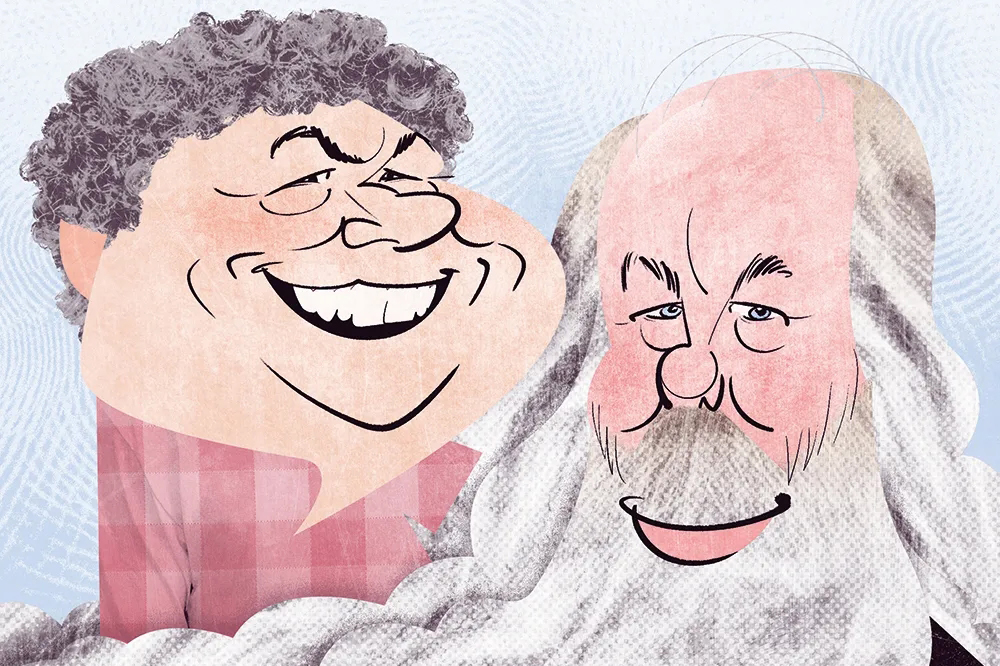Don’t skip over the dedications in books. They can be as illuminating as the stories they precede and shine an intriguing light on the author’s private life and loves:
Jane Austen and Edmund Spenser

The dedication to Jane Austen’s Emma reads: ‘To His Royal Highness The Prince Regent, This Work Is By His Royal Highness’s Permission, Most Respectfully Dedicated, By His Royal Highness’s Dutiful And Obedient Humble Servant, The Author.’
The Prince Regent was George Augustus Frederick, uncle of Queen Victoria and the eldest of George III’s children. He was self-indulgent and excessive. He drank, he spent vast sums of borrowed money and behaved irresponsibly. In one year alone, he was said to have spent £10,000 on clothes for himself and he was soon in £100,000 of debt. He married Maria Fitzherbert, a Roman Catholic, but, as the wedding had taken place without the king’s permission, it was declared an illegal marriage.
So, it was arranged that George should marry his cousin Princess Caroline. The union took place in 1795 but it was not to be a happy one. George had numerous affairs and many illegitimate children. He was made Prince Regent in 1811 and took the throne when his father died in January 1820.
Relations between him and his wife were thinning. He barred her from attending his coronation, which made him deeply unpopular with the people, including Jane Austen, who was appalled by his behavior. At that time, her books were penned anonymously but her identity had been revealed. When she met Dr Baillie (physician to her brother and, coincidentally, to the Prince Regent) in 1815, he told her that Prince George was a fan of her writing and arranged for her to meet the prince’s librarian, James Stanier Clarke. She was invited to Carlton House on Pall Mall in London for the meeting, where she was told by Clarke that she must dedicate her next book to the prince. Jane Austen felt she had no option but to agree.
While Austen’s royal dedication was effectively done by force, Edmund Spenser saw an opportunity to ingratiate himself with royalty by dedicating his poem The Faerie Queene to Queen Elizabeth I: ‘To The Most High, Mighty and Magnificent Empress Renowned for Piety, Virtue and All Gracious Government Elizabeth.’ He signed it: ‘Her Most Humble Servant Edmund Spenser.’ It was a profitable decision on his part, as a year after its publication, Elizabeth I awarded him a lifetime pension of £50 per year, a princely sum in those days.
Elizabeth Rees-Williams

A lesson in book-dedication diplomacy could be learned from Elizabeth Rees-Williams, the Welsh socialite. She had been married to actor Richard Harris for 12 years, and actor Rex Harrison for four years, separating from him in 1975. When she published her autobiography, Love, Honour and Dismay in 1976 she dedicated it to ‘RH’, keeping its true recipient deliberately vague.
Graham Greene

This is perhaps a technique that Graham Greene could have adopted in order to protect the dignity of his wife. He dedicated his book The End of the Affair to ‘C’ (or ‘To Catherine’ for the American edition).
Catherine Walston was an American, married to the wealthy British aristocrat Henry Walston. Graham Greene was married to Vivien Dayrell-Browning, and they had two children together, but he had many affairs throughout their marriage and was said to have had relations with 40 or 50 prostitutes. Catherine Walston, however, was his favorite mistress, who had an open relationship with her husband.
Catherine told Vivien that Greene’s books had inspired her to convert to Catholicism (as Greene himself had converted in order to marry Vivien) and when they all met, she asked if Greene could be her godfather. Greene immediately fell in love with Catherine and had an affair which inspired the plot of the book he dedicated to her. Ironically, she ended their affair six years after the book was published.
C.S. Lewis

We find a more appropriate dedication to a goddaughter from C.S. Lewis in The Lion, the Witch and the Wardrobe. ‘My Dear Lucy, I wrote this story for you, but when I began it I had not realized that girls grow quicker than books. As a result you are already too old for fairy tales, and by the time it is printed and bound you will be older still.’ He closed his note by saying that she would be old enough to enjoy reading fairy tales again soon.
[special_offer]
P.G. Wodehouse and Joan Rivers

Other authors have opted for a more humorous dedication. P.G. Wodehouse dedicated his book The Heart of a Goof: ‘To My Daughter Leonora Without Whose Never-Failing Sympathy and Encouragement This Book Would Have Been Finished In Half The Time.’ E.E. Cummings dedicated his collection of poetry No Thanks to all the publishers who turned it down. Joan Rivers’s autobiography Diary of a Mad Diva was dedicated to Kanye West ‘Because he’ll never fuckin’ read it.’
So before you jump straight to Chapter One, pause for a moment to see who the book is for, as it may just make you read it in a very different way.
This article was originally published on Spectator Life.

























